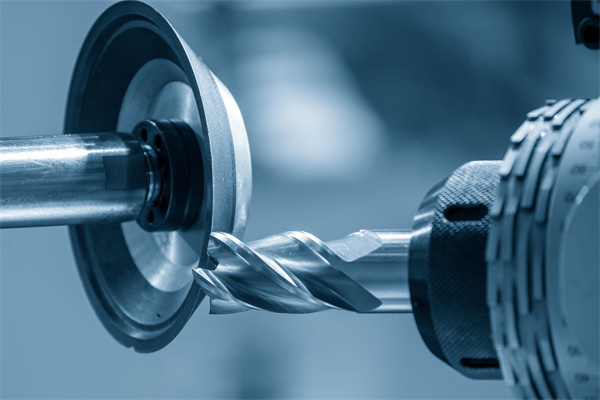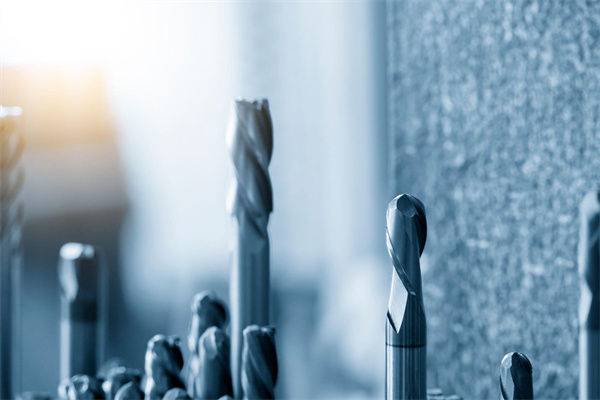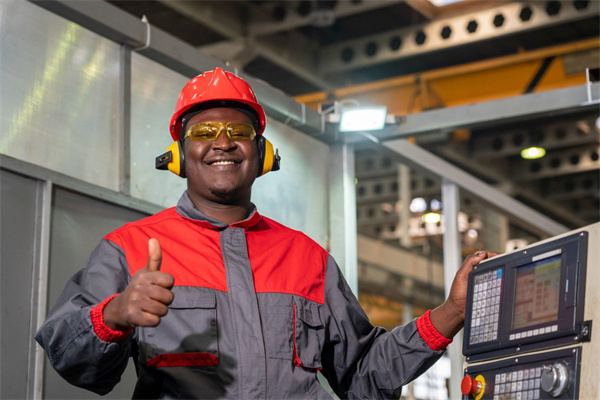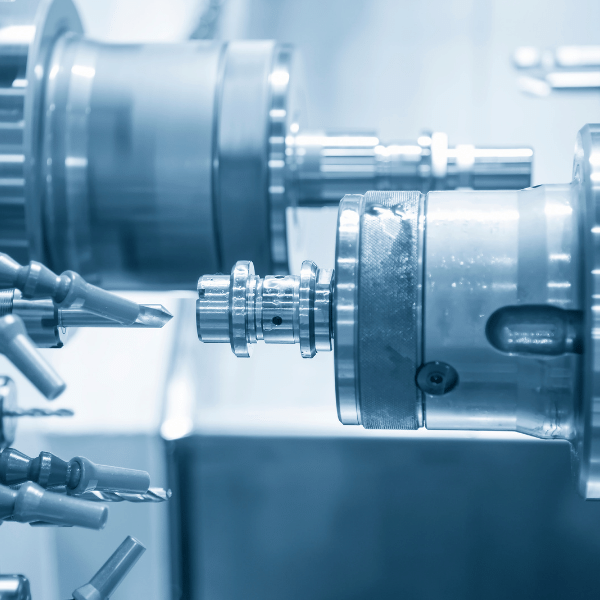[lwptoc]
introduction
What is a CNC Machine?
CNC machines, or computer numerical control machines, are automated precision tools used in manufacturing and fabrication. They are programmed with instructions to produce a specific result and are often used for machining metal and plastic parts. CNC machines can be very precise and are used in various industries, from aerospace to medical device manufacturing.
CNC machines can be divided into two main categories: conventional and computer-controlled. Conventional CNC machines are manually operated, while computer-controlled CNC machines are programmed with a computer program that controls their movements. CNC machines are used in many applications, ranging from small hobby projects to large industrial production runs.
The Advantages of CNC Machines
CNC machines have many advantages over traditional machining methods. They are more precise and can produce parts with greater accuracy and consistency. CNC machines can also produce higher quality parts than manual machining methods and complete complex designs in less time. In addition, CNC machines can reduce material waste and labor costs by eliminating the need for skilled machinists.
CNC machines are also highly efficient and can complete complex tasks quickly and accurately. This makes them ideal for high-volume production runs and precision parts that require intricate designs.
The Disadvantages of CNC Machines
The main disadvantage of CNC machines is the cost. CNC machines are more expensive than manual machining methods and require a substantial investment in equipment and software. Additionally, CNC machines require skilled operators to program and operate them, and the cost of training and maintenance can be high.
Conclusion
CNC machines are a valuable tool for manufacturing and fabrication. They are highly accurate and efficient and can produce parts with greater precision and consistency than traditional machining methods. However, CNC machines are costly and require skilled operators and a significant investment in equipment and software. Despite the cost, CNC machines are a valuable asset to many organizations and are used in various industries.
key components of a CNC machine
CNC machining is an advanced form of automated manufacturing that uses computer-controlled machines to cut and shape materials precisely. CNC machining is a popular choice for creating parts for various industries, including aerospace, automotive, construction, and medical. The key components of any CNC machine are its motors, control system, and tooling.
Motors:
Motors are the heart of any CNC machine. They are responsible for powering the machine and controlling its movement. CNC machines use a variety of motors, including electric, pneumatic, and hydraulic. Electric motors are the most common type of motor used in CNC machines because they are reliable, efficient, and powerful. Motors are used to move the cutting tool, the workpiece, and the table.
Control System:
The control system is the brains of the CNC machine. It is responsible for interpreting the instructions given to the machine and converting them into a language the motors can understand. Most CNC machines use a computer numerical control (CNC) system, which consists of a controller, a software program, and a set of instructions. This system controls the motion of the machine’s axes, the motor’s speed, and the cutting tool’s feed rate.
Tooling:
Tooling is one of the most important components of a CNC machine. It is responsible for creating the end product. CNC machines use various tools, such as drills, routers, saws, and lathes. Each tool is designed to perform a specific task and is chosen based on the machined material and the desired end product.
In addition to these three key components, CNC machines often require additional components such as coolant systems and vacuum systems. These components are necessary to ensure that the machine operates properly and that the machined parts are of the highest quality.
CNC machining is a powerful and efficient manufacturing method, but it requires careful consideration of the components used to ensure that the machine operates correctly and reliably. By understanding the key components of a CNC machine, such as its motors, control system, and tooling, you can ensure that your machine is up to the task. With the right components, you’ll be able to produce high-quality parts with precision and accuracy.
conclusion
Conclusion: A Summary of the Key Components of a CNC Machine
A CNC machine is a precision tool for creating intricate shapes and parts from various materials. It consists of several key components that allow it to effectively and accurately create parts from various materials.
The first and most important component of a CNC machine is the computer numerical control (CNC) system. This system controls and monitors the machine’s cutting tool, speed, and accuracy. It is typically a standalone unit connected to the machine via a cable, but it can also be connected to a computer via Ethernet or USB. The CNC system typically includes a numerical control (NC) language that allows the user to input commands into the machine.
The next component of a CNC machine is the cutting tool. This tool is responsible for cutting the material fed into the machine. It typically consists of a tool holder, a cutting edge, and a spindle. The cutting tool is attached to the machine and is responsible for cutting the material.
The third component of a CNC machine is the spindle. This is the motor that drives the cutting tool and is typically a stepper motor or a servo motor. The spindle controls the speed, accuracy, and precision of the machine.
The fourth component of a CNC machine is the feed system. This is responsible for feeding the material into the machine and is typically a conveyor belt, rotary table, or linear feeder. The feed system controls the speed, accuracy, and precision of the material being fed into the machine.
Finally, the fifth component of a CNC machine is the workpiece holder. This is the part of the machine that holds the workpiece in place during the cutting process. It typically consists of a jig, fixture, or clamp.
In conclusion, a CNC machine consists of five key components: a CNC system, a cutting tool, a spindle, a feed system, and a workpiece holder. Each component is essential to the machine’s ability to accurately and precisely create parts from various materials. By properly understanding and utilizing these components, CNC machines can create precise and intricate shapes and parts from various materials.









